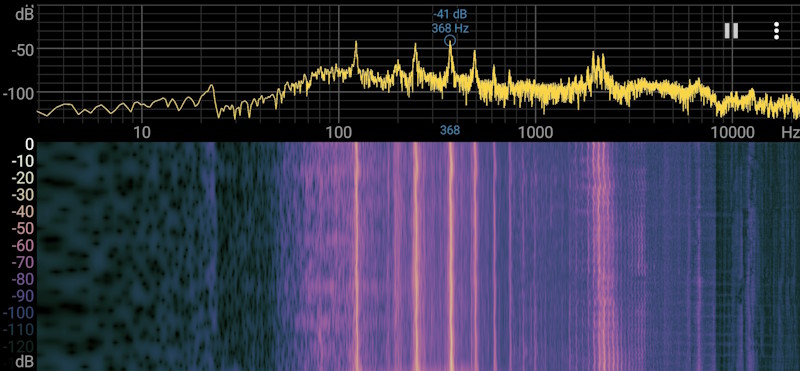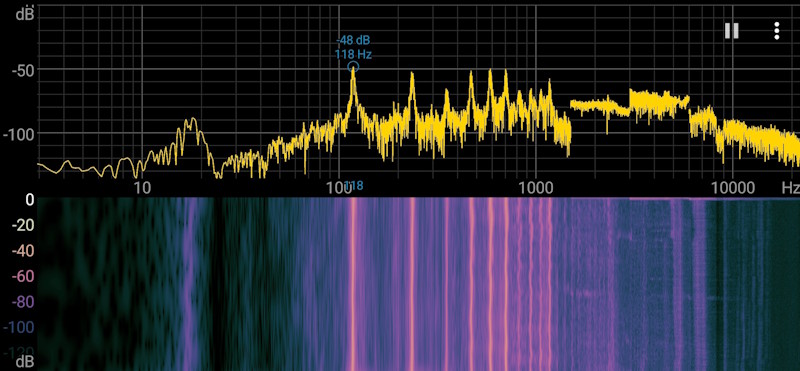Your voice is like a fingerprint made of sound. No one else has the exact mix of tones that you produce. Long before smartphones existed, radio operators could recognise who was speaking just by listening carefully. Today, speech-recognition apps do something similar using maths. They look at patterns hidden inside your voice to figure out what you are saying.
In this activity, you will explore what makes your voice unique by studying the frequencies that appear when you speak different vowels.


